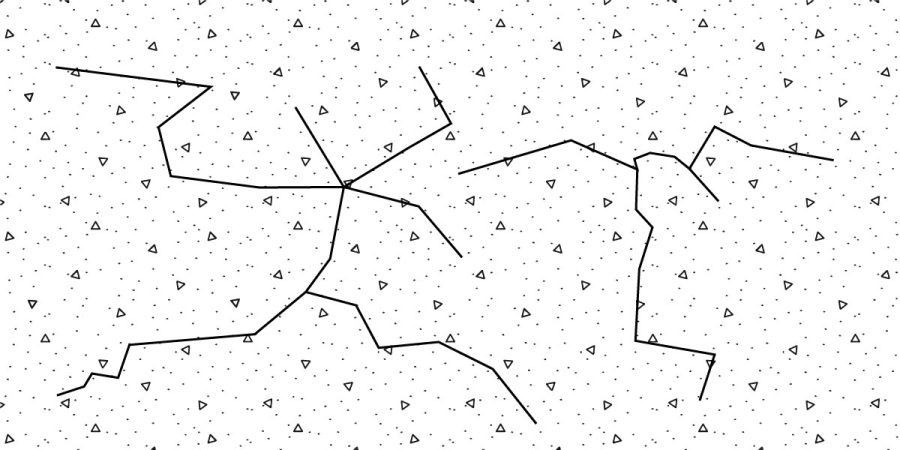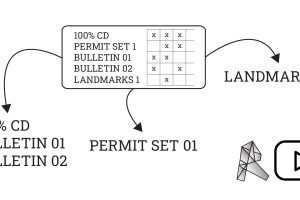Quicklinks:
Definitions:
- Alkaline: Having a PH of 7 or greater
- Segregation: When aggregates separate in concrete
Introduction
Like any material, concrete can run into a number of problems. These are typically from improper mix makeup, or materials within the concrete. Certain environments such as salt and humidity can exacerbate these problems.
Concrete Problems
Most of the problems we are familiar with and experience are aesthetic ones, since they are most obvious and exposed. There are other much more important problems which can affect the internal composition and strength of the concrete, as well as issues which may not affect the concrete but can affect coatings and other materials that touch the concrete.
Aesthetic
Honeycombing
The formation of air pockets next to forms. Smaller honeycombing will not affect the strength significantly, however, larger pockets can cause rebar to be exposed and not provide enough strength in the mass. Common when aggregates are too large and the concrete is not properly vibrated into forms.
Internal
Alkali-silica Reaction (ASR)
- Alkali-silica Reaction is also known as Concrete Cancer
ASR is a swelling in concrete that occurs over time when alkaline cement material is in contact with non reactive silica. This creates a liquid internally to the concrete which creates a pressure that can result in a buckling to the concrete, however, it more commonly appears in a spotted and blistered finish (hence the name concrete cancer).
High Alkalinity
In addition, high alkalinity can cause other problems with concrete. Such as, for tiles laid directly on top of the concrete, the adhesion used for the tile can be caused to slowly re-emulsify (return to its original liquid state).
- pH 9 or 10: Most tile begins to experience problems, although professional-grade adhesives can sometimes be used on slabs with a pH of up to 11. Its best to work with manufacturer’s recommendations and experts within the field for this specificity.
- Concrete when first poured is generally about 12 to 13 pH and slowly through curing reduces back down to 8 to 9.
Testing
There are lots of different tests for concrete. Most are focused to test strength, but there are also tests for pH levels (level of alkalinity in concrete). However, even with the importance of pH in concrete, there is no standardized test procedure.
- Titration Test: Grind portions of the concrete and create a powder. Mixing the powder with water and analyzing in a lab.
ASTM F 710-05
ASTM F 710-05 indicates a procedure to test concrete floors for alkalinity, but it is poorly defined. Read more about this from the “Testing pH of Concrete” publication link at the top.
Avoiding Problems
Of course there are ways to minimize problems. Certain rules of thumb increase the likelihood that things will go well.
Rules of Thumb & Procedures to Follow
- Concrete Specifications
- Should be mixed according to the design mix and specifications. Specifications should be written by someone knowledgeable in concrete technology.
- Transport to site
- Usually the allowable trip time is less than 2 hours
- Mix should be adjusted to account for travel time to the site.
- Preliminary Inspection on Site
- The concrete should be continuously inspected and tested. If it fails the preliminary inspection, it should be rejected.
- Conveying concrete to the formwork
- The concrete as stated in #2 needs to quickly get to the site. Care is needed for the amount of travel time needed to get to the actual pour location. For example, if the pour is on top of 50 floors, it can take some time to pump the concrete up from the street.
- Can be moved and placed in bottom-dump buckets, by pumping, or in small buggies and wheelbarrows.
- Placed underwater with a cylindrical steel chute called a tremie
- In the formwork
- Care must be taken to not let the aggregates separate. (see segregation definition)
- Dropping concrete long distances will increase the chances of segregation. Typically 5’-0” is the maximum distance that concrete should be dropped.
- Consolidate the concrete
- This means to make sure air pockets are removed from the concrete, and that the material has flowed into all spaces of the form and around all the rebar.
- This also decreases permeability and reduces honeycombing. Most typically done with vibrators.




